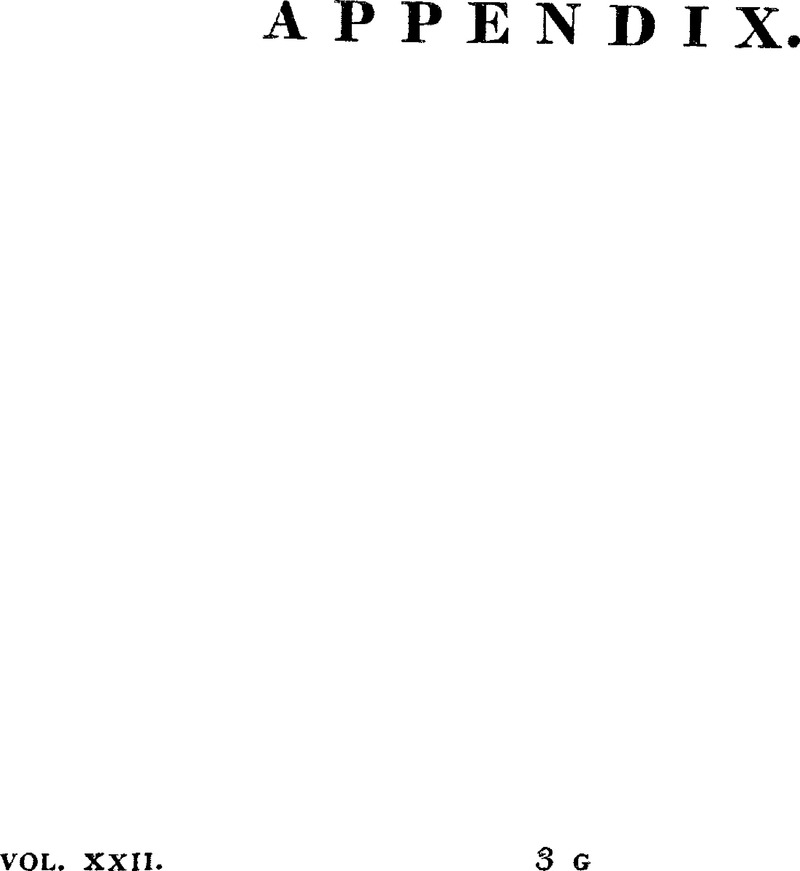No CrossRef data available.
Article contents
Appendix
Published online by Cambridge University Press: 12 June 2012
Abstract

- Type
- Appendix
- Information
- Copyright
- Copyright © The Society of Antiquaries of London 1826
References
page 410 note b Plate XXXIV.
page 411 note c Plate XXXV.
page 413 note d Plate XXXVI.
page 417 note e See Plate XXXVII.
page 419 note f In the lxvth volume of the Gentleman's Magazine, there is an engraving of the Inscription.
page 420 note a PI. XXXVIII.
page 425 note a Innis is Gaelic for Island, as Ynis is in Welsh.
page 429 note g Plate XXXIX.
page 429 note h See Borlase's Cornwall, p. 190.
page 430 note i Plate XXXIX, fig. 2.
page 430 note k plate XXXIX, fig. 3.
page 430 note l Fig. 4.
page 430 note m Fig. 5.
page 430 note n Fig. 6. “This is about the diameter of other similar circles on the Moor. See Burt's notes to Carrington's beautiful Poem.
page 430 note o Fig. 7.
page 430 note P Fig. 8.
page 430 note q Fig. 9. “This rock, although introduced on the face of the accompanying Plan in order to show the line in which it ranges with the other remains, should, if correctly laid down, be at the distance of a mile or upwards.
page 431 note r “Notes on Carrington's Poem on Dartmoor, p, 155, etseq.
page 432 note s “Burt says there is an upright stone at Lustleigh inscribed with unknown characters resembling those of an inscription at Nashki Rustan, near Persepolis, delineated in Moriers Travels (page 127, plate 35); on referring to that work, I find that some of the letters of the inscription which I suppose is alluded to are of the Greek character. This circumstance, coupled with the assertion of Cæsar, that the Druids used Greek letters, makes me very desirous to examine the inscription at Lustleigh.
page 434 note t The Rev. E. A. Bray of Tavistock, my brother-in-law, has a large collection of sketches by his own hand of these rock-basins. On Pew Torr, near Tavistock, the antiquary will find some good specimens.




